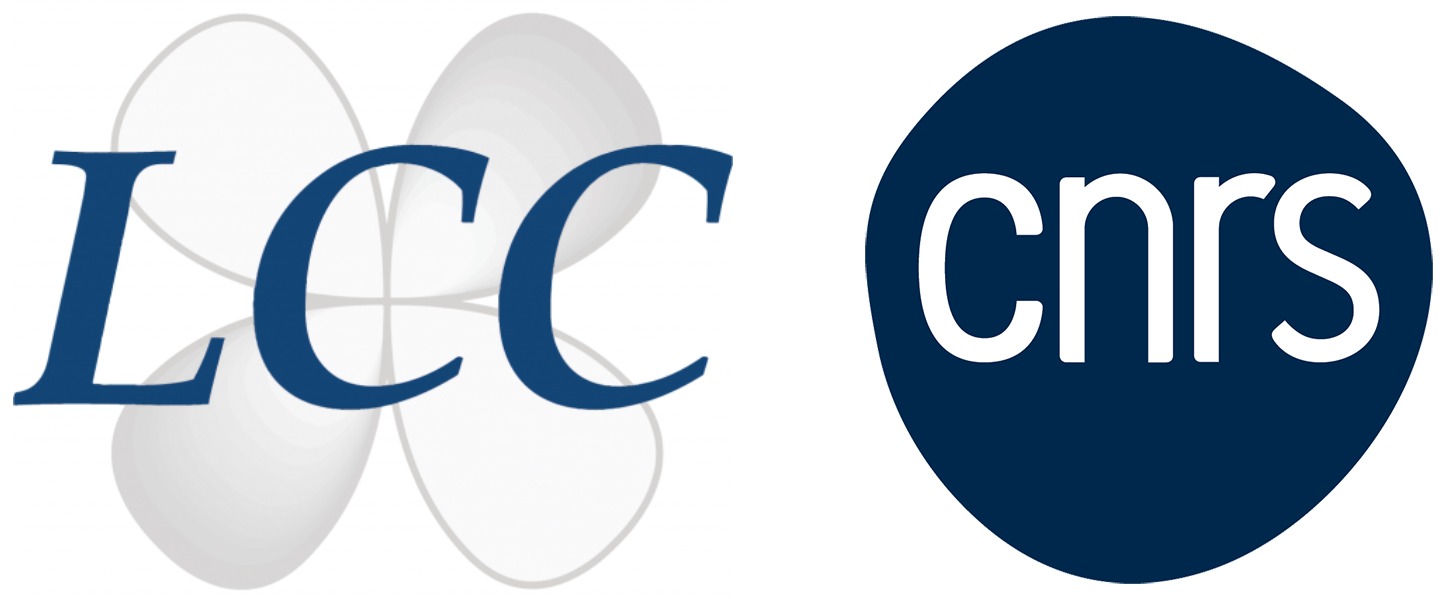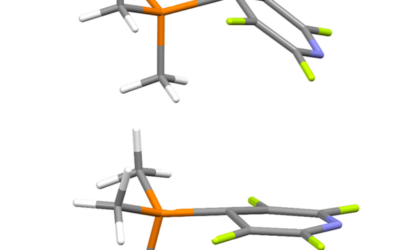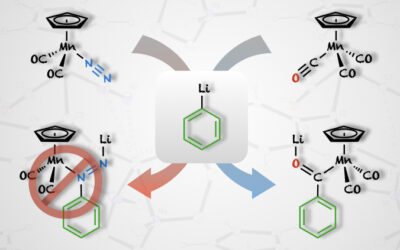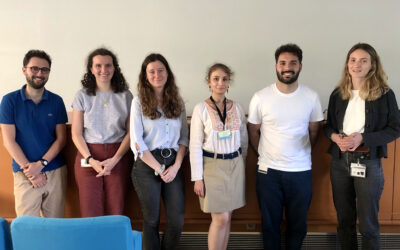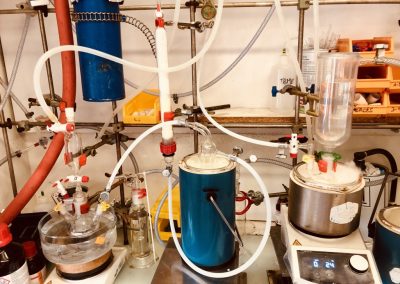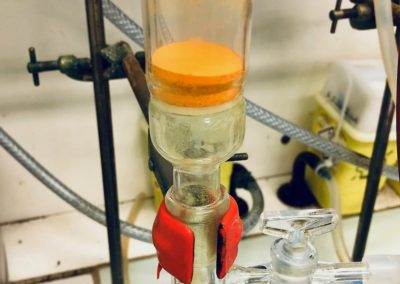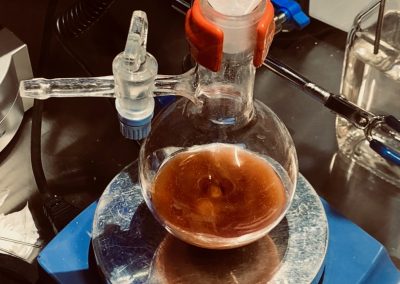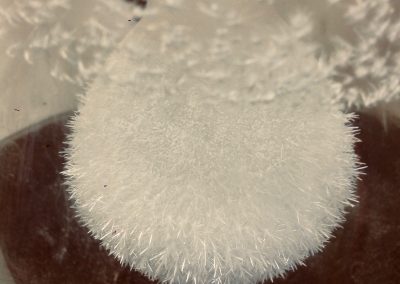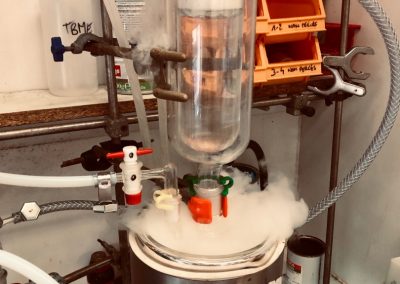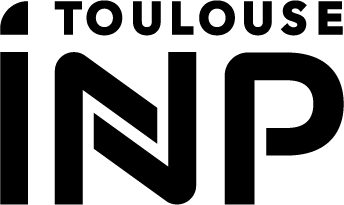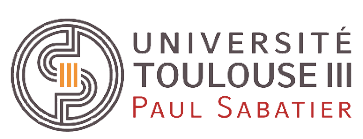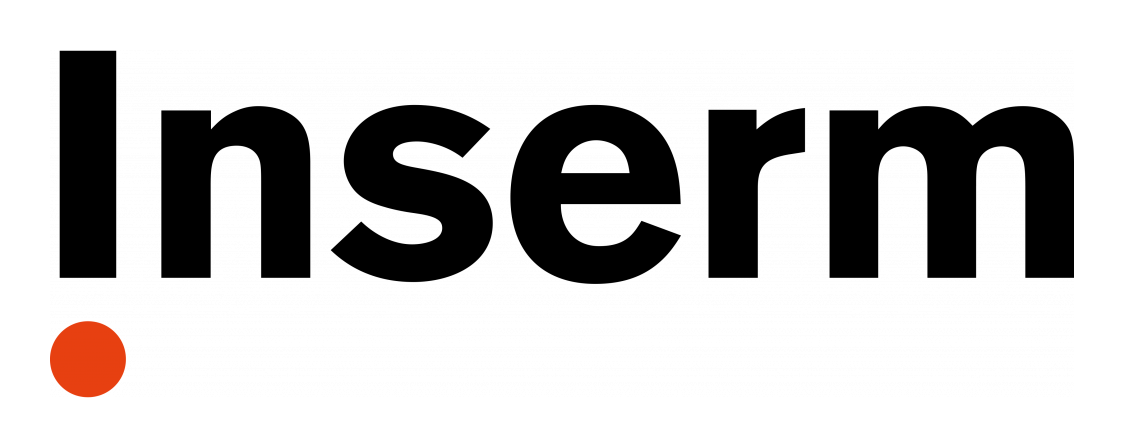LCC
Activités de l’équipe
L’équipe « Activation de petites molécules » regroupe autour de 3 chercheurs et 1 enseignant-chercheur des thématiques centrées principalement sur la chimie de coordination et organométallique d’un large panel de métaux de transition.
Nous l’appliquons à l’activation et la valorisation des petites molécules (H2, CO2, N2, CH4, N2O, etc.), y combinant parfois la chimie du groupe principal : le bore, le silicium ou le fluor prennent également leur place dans le portfolio d’éléments dont nous étudions la réactivité.
L’équipe a à cœur de pousser ses découvertes vers des technologies en lien avec la santé, les matériaux, l’énergie et la chimie fine.
Membres de l’équipe
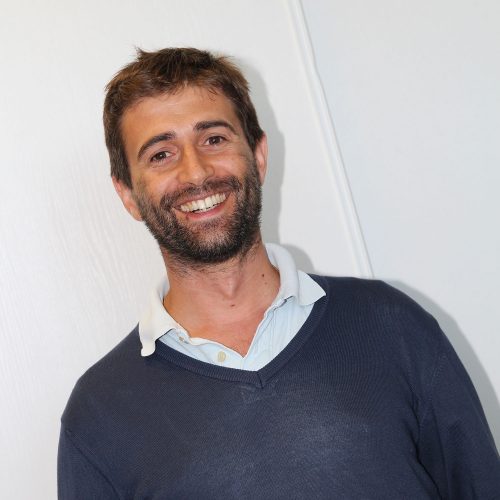
BONTEMPS Sébastien
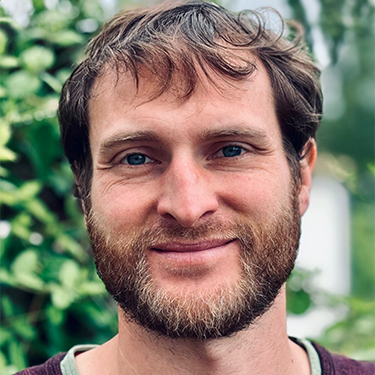
SIMONNEAU Antoine
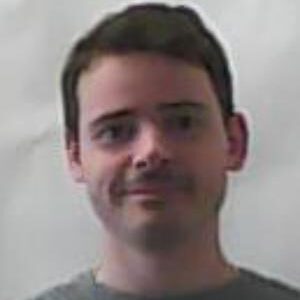
QUEYRIAUX Nicolas
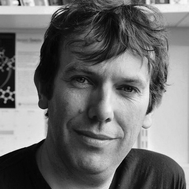
GRELLIER Mary
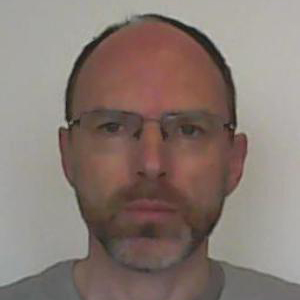
LORBER Christian
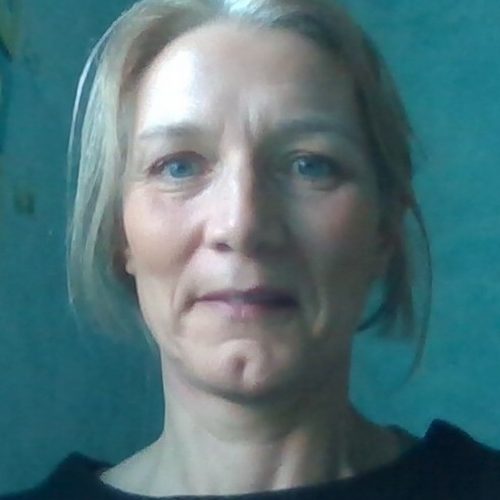
MARTIN-MOTHES Emmanuelle
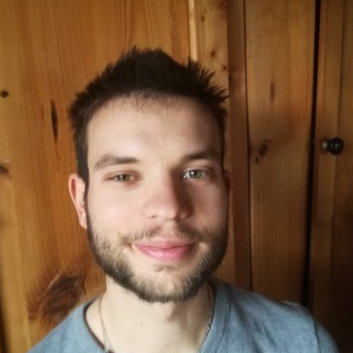
ESCOMEL Léon
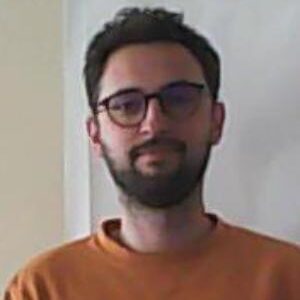
ESTIVAL Arno
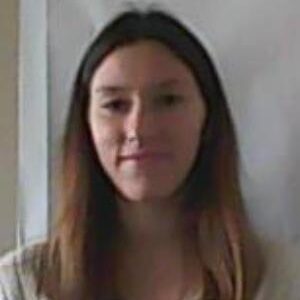
GONÇALVES Caroline
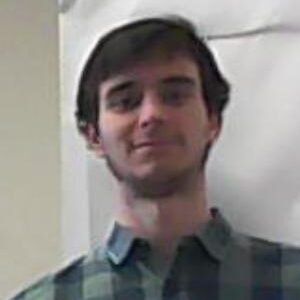
MARTINS-BESSA David
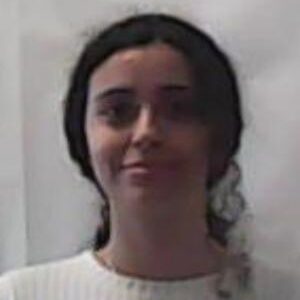
ORELLANA BEN AMOR Andrea
Thèmes de recherche
Activation du diazote
Activation de la liaison carbone-fluor
Activation/valorisation du CO2
Hydrogène : catalyse pour la chimie fine et le stockage
Polymérisation
Ligands et chimie de coordination
Magnétisme moléculaire
Actualités de l’équipe
De nouveaux catalyseurs pour des synthèses plus vertueuses de composés organofluorés
Publié dans “Journal of the American Chemical Society”
Cette étude fait l’objet d’une actualité scientifique de CNRS chimie
N2 et CO, des molécules semblables mais tellement différentes
Cette étude fait l’objet d’un article VIP dans la revue Angewandte Chemie.
Ces travaux offrent de nouvelles perspectives pour la transformation catalytique du diazote en composés à haute valeur ajoutée.
Sessions de mi-parcours des doctorants du LCC
Félicitations aux étudiants pour leurs excellents exposés !
Publications
2024
Seven-coordinate group 6 metal hydrides obtained by H2 activation at B(C6F5)3 adducts of N2 complexes: Frustrated Lewis Pair-type Reactivity of the B–N linkage
Boegli M.-C., Coffinet A., Bijani C., Simonneau A.
Chemistry – An Asian Journal 2024, e202400451/1-6.
https://doi.org/10.1002/asia.202400451
https://hal.science/hal-04633325
Coordination of Al(C6F5)3 vs. B(C6F5)3 on group 6 end-on dinitrogen complexes: chemical and structural divergences
Escomel L., Martins F. F., Vendier L., Coffinet A., Queyriaux N., Krewald V., Simonneau A.
Chemical Science 2024,
http://dx.doi.org/10.1039/D4SC02713B
https://hal.science/hal-04633385
Nitrogen fixation by manganese complexes – Waiting for the rush?
Le Dé Q., Valyaev D. A., Simonneau A.
Chemistry – A European Journal 2024, 30(39), e202400784/1-10.
https://doi.org/10.1002/chem.202400784
https://hal.science/hal-04633290
Stoichiometric and catalytic reduction of carbon dioxide by a sterically encumbered amidinato magnesium hydride
Huadsai W., Vendier L., Görls H., Magna L., Bontemps S., Westerhausen M.
European Journal of Inorganic Chemistry 2024, e202400128/1-8.
https://doi.org/10.1002/ejic.202400128
https://hal.science/hal-04632394
Doubly base-stabilized diborane(4) and borato-boronium species and their chemistry with chalcogens
Ahmad A., Gayen S., Mishra S., Afsan Z., Bontemps S., Ghosh S.
Inorganic Chemistry 2024, 63(7), 3376-3382.
https://doi.org/10.1021/acs.inorgchem.3c03961
https://hal.science/hal-04633025
A photocatalytic approach for the synthesis of L-shape bicyclic NHC ligands
Kittikool T., Phakdeeyothin K., Morales A., Barthes C., Vendier L., Yotphan S., Bontemps S., Bastin S., Lledós A., Baslé O., César V.
ChemistryEurope 2024, 2 (2), e202300083.
https://doi.org/10.1002/ceur.202300083
https://hal.science/hal-04522291
Single electron reduction of NHC–CO2–borane compounds
Morales A., Gonçalves C., Sournia-Saquet A., Vendier L., Lledós A., Baslé O., Bontemps S.
Chemical Science 2024, 15 (9), 3165-3173.
http://dx.doi.org/10.1039/D3SC06325A
https://hal.science/hal-04502219
Metallomimetic C-F activation catalysis by simple phosphines
Bonfante S., Lorber C., Lynam J. M., Simonneau A., Slattery J. M.
Journal of the American Chemical Society 2024, 146 (3), 2005−2014.
https://doi.org/10.1021/jacs.3c10614
https://hal.science/hal-04269048
2023
Mapping out the role of σ-silane complexes in the ruthenium-catalyzed hydrosilylation of nitriles
Chandran A., Ravel-Massol R., Vendier L., Slattery J. M., Lynam J. M., Grellier M.
Organometallics 2023, 42(21), 3153-3163.
https://doi.org/10.1021/acs.organomet.3c00397
https://hal.science/hal-04321916
An orbitally adapted push-pull template for N2 activation and reduction to diazene-diide
Specklin D., Boegli M.-C., Coffinet A., Escomel L., Vendier L., Grellier M., Simonneau A.
Chemical Science 2023, 14(48), 14262-14270.
http://dx.doi.org/10.1039/D3SC04390H
https://hal.science/hal-04299114
Alkaline earth catalyzed CO2 hydroboration into acetal derivatives leading to C–S bond formation
Huadsai W., Westerhausen M., Bontemps S.
Organometallics 2023, 42(19), 2921–2926.
https://doi.org/10.1021/acs.organomet.3c00335
https://hal.science/hal-04225915
Protonation behavior of a tetrahydrido molybdenum(IV) complex with organic and inorganic acids
Queyriaux N., Durvin N., Leon D., Boegli M.-C., Vendier L., Simonneau A.
European Journal of Inorganic Chemistry 2023, 26(33), e202300426/1-7.
https://doi.org/10.1002/ejic.202300426
https://hal.science/hal-04209769
Group IV complexes with sterically congested N-aryl-adamantylcarbamidate ligands
Kheirkhah R., Huadsai W., Liebing P., Bontemps S., Westerhausen M.
Organometallics 2023, 42(16), 2304-2311.
https://doi.org/10.1021/acs.organomet.3c00291
https://hal.science/hal-04196519
Biomimetic catalysis of nitrite reductase enzyme using copper complexes in chemical and electrochemical reduction of nitrite
Ferreira P., Castro C. B., Honorato J., He S.-Y., Gonçalves Guimarães Júnior W., Esmieu C., Castellano E. E., de Moura A. F., Truzzi D. R., Nascimento O. R., Simonneau A., Marques Netto C. G. C.
Dalton Transactions 2023, 52(32), 11254-11264.
http://dx.doi.org/10.1039/D3DT01091K
https://hal.science/hal-04197074
CO2 hydroboration: Impact of the boryl moieties on the reactivity of four bis(boryl)acetal compounds toward 2,6-diisopropylaniline
Desmons S., Zhou Y., Zhang D., Jarava-Barrera C., Coffinet A., Simonneau A., Vendier L., Luo G., Bontemps S.
European Journal of Organic Chemistry 2023, 26(30), e202300525/1-8.
https://doi.org/10.1002/ejoc.202300525
https://hal.science/hal-04169288
Synthesis and coordination of a bisphosphine-[NHC-borane] compound: A ligand framework for bimetallic structure featuring a boron-bridging moiety
Camy A., Vendier L., Bijani C., Fernández I., Bontemps S.
Inorganic Chemistry 2023, 62(23), 9035-9043.
https://doi.org/10.1021/acs.inorgchem.3c00785
https://hal.science/hal-04169429
Combined B–H and Si–H bond activations at ruthenium
Ayyappan R., Saha K., Kaur U., Gayen S., Vendier L., Sabo-Etienne S., Ghosh S., Bontemps S.
Organometallics 2023, 42(9), 752-756.
https://doi.org/10.1021/acs.organomet.3c00109
https://hal.science/hal-04169506
An experimental and computational investigation rules out direct nucleophilic addition on the N2 ligand in manganese dinitrogen complex [Cp(CO)2Mn(N2)]
Le Dé Q., Bouammali A., Bijani C., Vendier L., Del Rosal I., Valyaev D. A., Dinoi C., Simonneau A.
Angewandte Chemie International Edition 2023, 62(40), e202305235/1-10.
https://doi.org/10.1002/anie.202305235
https://hal.science/hal-04159061
Assessing combinations of B(C6F5)3 and N2-derived molybdenum nitrido complexes for heterolytic bond activation
Coffinet A., Specklin D., Le Dé Q., Bennaamane S., Muñoz L., Vendier L., Clot E., Mézailles N., Simonneau A.
Chemistry – A European Journal 2023, 29(26), e202203774/1-8.
https://doi.org/10.1002/chem.202203774
https://hal.science/hal-04007916
Syntheses of N2-bridged heterobimetallic complexes, their structural and qualitative bonding analyses
Le Dé Q., Orbay F., Vendier L., Simonneau A.
Journal of Organometallic Chemistry 2023, 986, 122604/1-7.
https://doi.org/10.1016/j.jorganchem.2022.122604
https://hal.science/hal-03955433
2022
Catalytic addition reactions of amines, thiols, and diphenyl-phosphine oxides to heterocumulenes using a bridging Sulfonylimido titanium(IV) complex
Banerjee I., Sagar S., Lorber C., Panda T. K.
Zeitschrift fur Anorganische und Allgemeine Chemie 2022, 648(18), e202200188/1-6.
https://doi.org/10.1002/zaac.202200188
https://hal.archives-ouvertes.fr/hal-03800815
Dinitrogen-derived (diarylboryl)diazenido complexes with differing coordination to the thallium cation
Bouammali A., Coffinet A., Vendier L., Simonneau A.
Dalton Transactions 2022, 51(28), 10697-10701.
http://dx.doi.org/10.1039/D1DT03905A
https://hal.archives-ouvertes.fr/hal-03474760
Metathesis by partner interchange in σ-bond ligands: Expanding applications of the σ-CAM mechanism
Perutz R. N., Sabo-Etienne S., Weller A. S.
Angewandte Chemie, International Edition 2022, 61(5), e202111462/1-22.
https://doi.org/10.1002/anie.202111462
https://hal.archives-ouvertes.fr/hal-03670324
A masked form of an O-borylated Breslow intermediate for the diastereoselective FLP-type activation of aldehydes
Mejia Fajardo A., Queyriaux N., Camy A., Vendier L., Grellier M., del Rosal I., Maron L., Bontemps S.
Chemistry – A European Journal 2022, 28(10), e202104122/1-5.
https://doi.org/10.1002/chem.202104122
https://hal.archives-ouvertes.fr/hal-03669849
2021
Selective reductive dimerization of CO2 into glycolaldehyde
Zhang D., Jarava-Barrera C., Bontemps S.
ACS Catalysis 2021, 11(8), 4568-4575.
https://doi.org/10.1021/acscatal.1c00412
https://hal.archives-ouvertes.fr/hal-03231103
Cooperative B–H and Si–H Bond Activations by κ2–N,S-Chelated Ruthenium Borate Complexes
Zafar M., Ramalakshmi R., Ahmad A., Antharjanam P. K. S., Bontemps S., Sabo-Etienne S., Ghosh S.
Inorganic Chemistry 2021, 60(2), 1183-1194.
https://doi.org/10.1021/acs.inorgchem.0c03306
https://hal.archives-ouvertes.fr/hal-03150014
Quasilinear 3d-metal(i) complexes [KM(N(Dipp)SiR3)2] (M = Cr–Co) – structural diversity, solution state behaviour and reactivity
Weller R., Müller I., Duhayon C., Sabo-Etienne S., Bontemps S., Werncke C. G.
Dalton Transactions 2021, 50(14), 4890-4903.
http://dx.doi.org/10.1039/D1DT00121C
https://hal.archives-ouvertes.fr/hal-03219725
Synthesis, characterization, and comparative theoretical investigation of dinitrogen-bridged group 6-gold heterobimetallic complexes
Specklin D., Coffinet A., Vendier L., del Rosal I., Dinoi C., Simonneau A.
Inorganic Chemistry 2021, 60(8), 5545–5562.
https://doi.org/10.1021/acs.inorgchem.0c03271
https://hal.archives-ouvertes.fr/hal-03176320
Transition metal-mediated dinitrogen functionalisation with boron
Simonneau A.
New Journal of Chemistry 2021, 45(21), 9294-9301.
http://dx.doi.org/10.1039/D1NJ01290H
https://hal.archives-ouvertes.fr/hal-03245930
Synthesis and characterisation of a very low-coordinate diferrous [2Fe-2S]0 unit
Schneider C., Groß S. J., Demeshko S., Bontemps S., Meyer F., Werncke G.
Chemical Communications 2021, 57(82), 10751-10754.
http://dx.doi.org/10.1039/D1CC04196G
https://hal.archives-ouvertes.fr/hal-03358082
Redox-active ligands in electroassisted catalytic H+ and CO2 reductions: Benefits and risks
Queyriaux N.
ACS Catalysis 2021, 11(7), 4024-4035.
https://doi.org/10.1021/acscatal.1c00237
https://hal.archives-ouvertes.fr/hal-03669876
Vanadium-catalyzed terpolymerization of α,ω-dienes with ethylene and cyclic olefins: Ready access to polar-functionalized polyolefins
Palucci B., Zanchin G., Ricci G., Vendier L., Lorber C., Leone G.
Macromolecules 2021, 54(23), 10700-10711.
https://doi.org/10.1021/acs.macromol.1c02142
https://hal.archives-ouvertes.fr/hal-03518735
Cyclooctadiene Rh(I) bis- and tris(pyrazolyl)aluminate complexes and their catalytic activity on the polymerization of phenylacetylene
Garcia O. J., Vendier L., Etienne M., Gwaltney S., Ressler A., Muñoz-Hernández M.-Á.
Inorganic Chemistry 2021, 60(14), 10757-10763.
https://doi.org/10.1021/acs.inorgchem.1c01434
https://hal.archives-ouvertes.fr/hal-03292668
Enantioselective reductive oligomerization of carbon dioxide into L-erythrulose via a chemoenzymatic catalysis
Desmons S., Grayson-Steel K., Nuñez-Dallos N., Vendier L., Hurtado J., Clapés P., Fauré R., Dumon C., Bontemps S.
Journal of the American Chemical Society 2021, 143(39), 16274–16283.
https://doi.org/10.1021/jacs.1c07872
https://hal.archives-ouvertes.fr/hal-03358019
Borane-catalysed dinitrogen borylation by 1,3-B–H bond addition
Coffinet A., Zhang D., Vendier L., Bontemps S., Simonneau A.
Dalton Transactions 2021, 50(16), 5582-5589.
http://dx.doi.org/10.1039/D1DT00317H
https://hal.archives-ouvertes.fr/hal-03176261
Impact of the alkali metal on the structural and dynamic properties of the anionic pentahydride ruthenium complexes [M(THF)x][RuH5(PCy3)2] (M = Li, Na, K)
Ayyappan R., Saha K., Grellier M., Clot E., Vendier L., Ghosh S., Sabo-Etienne S., Bontemps S.
Organometallics 2021, 40(17), 3024-3032.
https://doi.org/10.1021/acs.organomet.1c00384
https://hal.archives-ouvertes.fr/hal-03357901
Synthesis and reactivity of phosphine borohydride compounds
Ayyappan R., Coppel Y., Vendier L., Ghosh S., Sabo-Etienne S., Bontemps S.
Chemical Communications 2021, 57(3), 375-378.
http://dx.doi.org/10.1039/D0CC07072F
https://hal.archives-ouvertes.fr/hal-03149993
Partenariats
Cliquez-ici pour consulter les partenaires
Académiques
Locaux : Laboratoire Hétérochimie Fondamentale et Appliquée (LHFA, Université de Toulouse Paul Sabatier), Laboratoire de Physique et Chimie des Nano-Objets (LPCNO, Institut National des Sciences Appliquées, Toulouse)
Nationaux : Université de Grenoble
Internationaux : University of York (Royaume-Uni), Universidade Federal de São Carlos (UFSCar, São Carlos, Brésil), Technische Universität Darmstadt (Allemagne), Instituto di Scienze e Tecnologie Chimiche Giulio Natta (CNR-SCITEC, Milano, Italie)
Industriels
n.a.
Financements
Cliquez-ici pour consulter les financeurs
Agence Nationale de la Recherche (ANR), Conseil Européen de la Recherche, Région Occitanie.
Alumnae
Cliquez-ici pour consulter
- Dr. Anaïs Coffinet
Anaïs a obtenu son doctorat en 2020 sous la supervision du Dr. A. Simonneau. Elle a travaillé sur la fonctionnalisation du diazote avec des boranes. Elle est actuellement stagiaire post-doctorale au laboratoire COBRA (Rouen). - Dr. David Specklin
David a travaillé dans l’équipe de 2018 à 2021 en tant que chercheur post-doctoral en collaboration avec le Dr. A. Simonneau. Ses thématiques de recherche ont principalement porté sur la synthèse et la réactivité de complexes de diazote hétérobimétalliques. - Dr. Amal Bouammali
Amal a obtenu son doctorat en 2022 sous la supervision du Dr. A. Simonneau. Elle a travaillé sur la fonctionnalisation du diazote avec des réactifs organométalliques.
LCC CNRS
Laboratoire de chimie de coordination du CNRS
205 route de Narbonne, BP 44099
31077 Toulouse cedex 4
France
